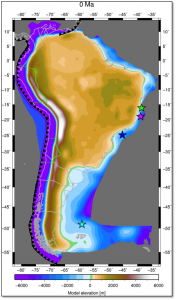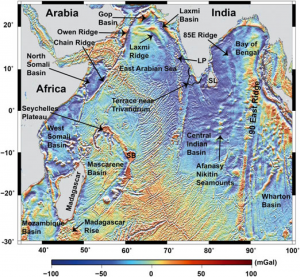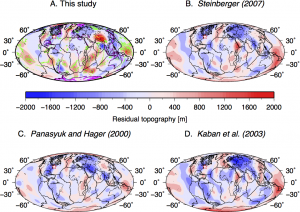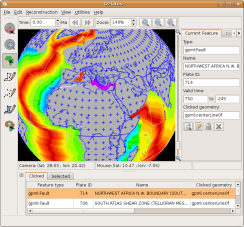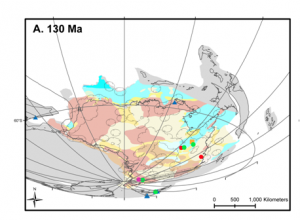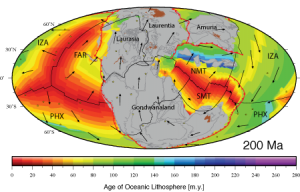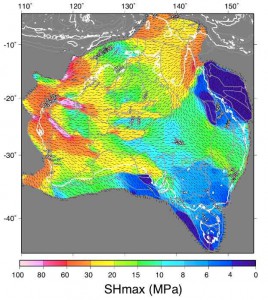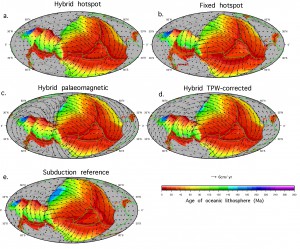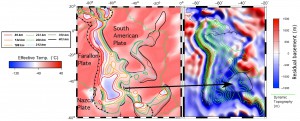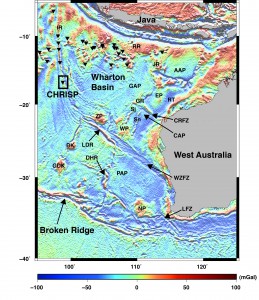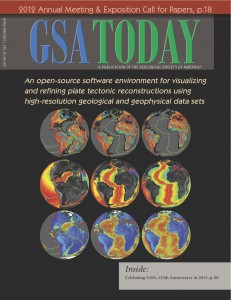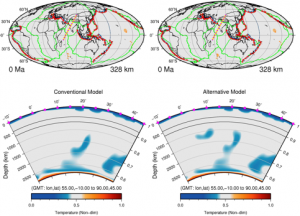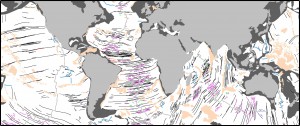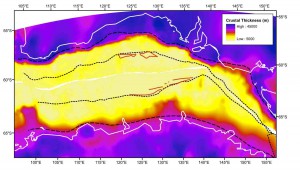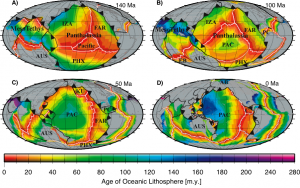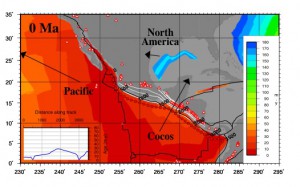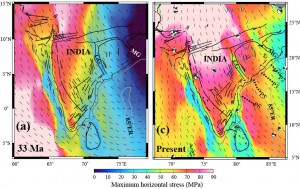 Citation
Citation
Müller, R. D., Yatheesh, V., & Shuhail, M. (2014). The tectonic stress field evolution of India since the Oligocene. Gondwana Research.
Summary
We use a 2 dimensional finite element model with heterogeneous elastic strengths in continental areas to model the regional stress field orientation and relative magnitudes in and around India for 33 Ma, 20 Ma and the present day. The large-scale geological structure of India is embedded in our model by using published outlines of cratons, fold belts and basins, associated with estimates of their relative strengths, enabling the modelling of stress field deflections along interfaces between relatively strong and weak tectonic elements through time. … Read more…

